ISO 9001 Clause 4: Successfully Determining the QMS Scope and Establishing Processes
Introduction
Understanding ISO 9001:2015 Clause 4.3 and 4.4 is essential for building an effective Quality Management System (QMS). These clauses explain how to define the scope of your QMS and establish core processes—ensuring your system meets customer and regulatory needs. Maxicert helps businesses set clear QMS boundaries, align with compliance requirements, and drive consistent quality. Applying these steps improves efficiency, reduces risks, and lays the foundation for ISO 9001 success in any industry.
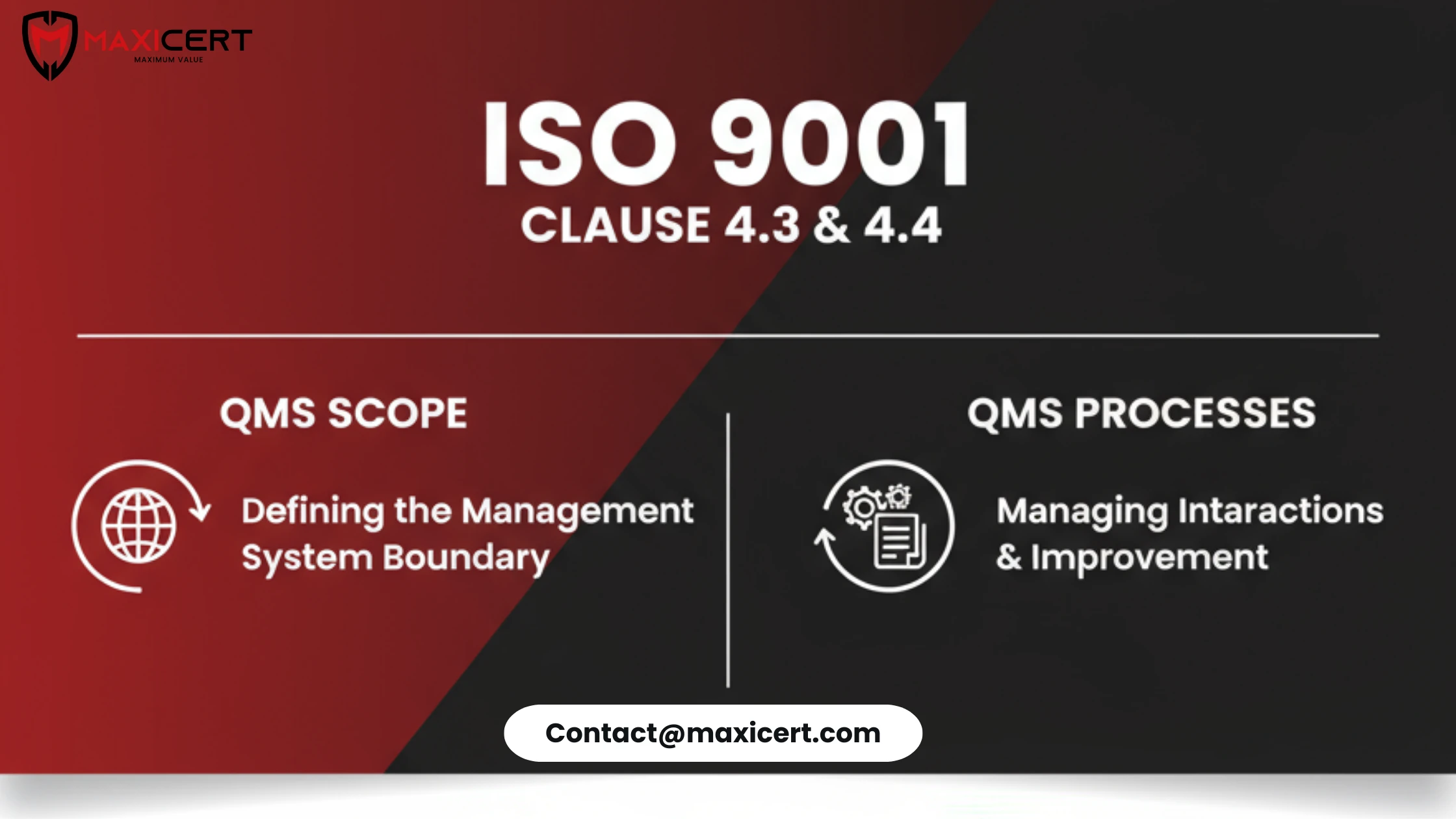
4.3 Determining the Scope of the Quality Management System
The organization shall determine the boundaries and applicability of the quality management system to establish its scope.
When determining this scope, the organization shall consider:
- a) the external and internal issues referred to in 4.1
- b) the requirements of relevant interested parties referred to in 4.2
- c) the products and services of the organization
The organization shall apply all the requirements of this International Standard if they are applicable within the determined scope of its quality management system.
The scope of the organization’s quality management system shall be available and be maintained as documented information. The scope shall state the types of products and services covered, and provide justification for any requirement of this International Standard that the organization determines is not applicable to the scope of its quality management system.
Conformity to this International Standard may only be claimed if the requirements determined as not being applicable do not affect the organization’s ability or responsibility to ensure the conformity of its products and services and the enhancement of customer satisfaction.
The scope of the quality management system is determined by the organisation. Under the definition of organisation, it can be the whole or part of the entity. The scope of the Quality Management System can therefore be:
- An office
- A factory
- The purchasing department
- A logistics function
- A chain of shops
- A restaurant
- etc.
The scope of the organisation will affect its relevant stakeholders and their requirements. The interface of the organisation, at its boundaries, needs to be understood. This interface is normally with its customers, internal customers, suppliers and external providers.
ISO 9001:2015 Clause Guide Panel
- Clause 1
- Clause 2
- Clause 3
- Clause 4 – Sub-clause 1
- Clause 4 – Sub-clause 2
- Clause 5 – Sub-clause 1
- Clause 5 – Sub-clause 2
- Clause 5 – Sub-clause 3
- Clause 6 – Sub-clause 1
- Clause 6 – Sub-clause 2
- Clause 7 – Sub-clause 1
- Clause 7 – Sub-clause 2
- Clause 7 – Sub-clause 3
- Clause 7 – Sub-clause 4
- Clause 8 – Sub-clause 1
- Clause 8 – Sub-clause 2
- Clause 8 – Sub-clause 3
- Clause 8 – Sub-clause 4
- Clause 8 – Sub-clause 5
- Clause 8 – Sub-clause 6
- Clause 8 – Sub-clause 7
- Clause 8 – Sub-clause 8
- Clause 8 – Sub-clause 9
- Clause 8 – Sub-clause 10
- Clause 8 – Sub-clause 11
- Clause 8 – Sub-clause 12
- Clause 9 – Sub-clause 1
- Clause 9 – Sub-clause 2
- Clause 9 – Sub-clause 3
- Clause 9 – Sub-clause 4
- Clause 10
The requirements of ISO 9001:2015 are generic and, therefore, depending on the scope and the products and services offered by the organisation, will have varying degrees of application. In ISO 9001:2015, if a requirement can be applied, then it should be. If, for the reason of scope, the requirement cannot be applied, the reason for this needs to be stated.
This is very similar to the “exclusions” in ISO 9001:2008 except that, in the 2008 standard, an exclusion can only be applied to clause 7 and its sub-clauses.
Examples of Requirements That Cannot Be Applied
- A burger bar would consider that it does not do any design and that the food it produces is sold on the basis of a self-explicit menu. It might also determine that it has no customer supplied product.
- A company making wooden furniture may not have any need for traceability (e.g., from tree to furniture).
In reality, most companies will only find their not applicable requirements in clauses 7 and 8, since the other clauses cover general management activities which, to some degree, have universal applicability.
Where the organisation states this is very much up to the organisation. A documented scope statement might be one way of recording this information, but this can also be included in its policy or other document.
Outsourced Processes and Scope
Where an organisation “outsources” some parts of work within its scope (e.g., plating, painting, testing, sterilisation, etc.), these are external suppliers and are controlled in accordance with clause 8.6.
4.4 Quality Management System and Its Processes
This clause is intended to cover the requirement for the organization to set up a quality management system.
4.4.1 Establishing, Implementing, and Improving the QMS
The organization shall establish, implement, maintain, and continually improve a quality management system, including the processes needed and their interactions, in accordance with the requirements of this International Standard.
The organization shall determine the processes needed for the quality management system and their application throughout the organization. Specifically, the organization shall:
- determine the inputs required and the outputs expected from these processes
- determine the sequence and interaction of these processes
- determine and apply the criteria and methods (including monitoring, measurements, and related performance indicators) needed to ensure the effective operation and control of these processes
- determine the resources needed for these processes and ensure their availability
- assign the responsibilities and authorities for these processes
- address the risks and opportunities as determined in accordance with the requirements of 6.1
- evaluate these processes and implement any changes needed to ensure that these processes achieve their intended results
- improve the processes and the quality management system
4.4.2 Documented Information About Processes
To the extent necessary, the organization shall:
- a) maintain documented information to support the operation of its processes
- b) retain documented information to have confidence that the processes are being carried out as planned
This clause sets out the activities associated with process management. These activities are described in greater detail in the remainder of the standard.
Anatomy of a Process
To meet the requirements, the organisation will now need to ensure that the activities described in a) to h) above have been included in its quality management system. In effect, they describe the anatomy of a process.
The extent to which processes need to be detailed depends on the complexity and stability of the activities that constitute the process.
- Simple processes will require only simple explanations.
- Complex processes will require sufficient explanation to enable people to understand the activities and tasks, and the inter-relationships, to the extent necessary to effectively implement their roles.
Actions Organizations Can Take
Define objectives
Set clear system & process objectives and map the processes needed to reach them.
Establish responsibility
Define authority, responsibility and accountability for owning and managing processes.
Assess capabilities
Understand organisational capabilities and resource constraints before taking action.
Analyse interdependencies
Map process links and assess impact when changing individual processes on the whole system.
Manage processes as a system
Coordinate processes and their relationships to meet quality objectives efficiently.
Provide information
Make required data available to operate, improve and monitor processes and system performance.
Manage risks
Identify, evaluate and treat risks that could affect process outputs and QMS outcomes.
Methods of Defining Processes
The requirement for documentation is that the processes be defined and that records be maintained to show that the outputs of the processes were as planned. Processes can be defined graphically, in words, or with a combination of both. Techniques such as flowcharting and swim-lane diagrams are often used to do this.
The controls described in the processes should correlate with the outputs of the risk-based thinking in Clause 6.1.
Conclusion
Clearly setting your QMS scope and managing processes sets the foundation for ISO 9001:2015 success. By applying Clauses 4.3 and 4.4, organizations can boost quality, cut risks, and keep up with customer and regulatory demands. With Maxicert’s expert guidance, your business can achieve strong compliance, drive improvement, and build customer trust for long-term growth.
Free 60–90 day implementation plan available after consultation.
Client Testimonials
What Our Clients Say About Us?
We are trusted by thousands of clients belonging from technology, manufacturing, healthcare and various sectors
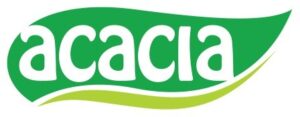

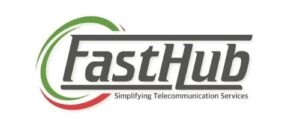

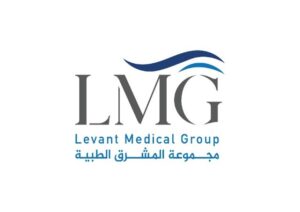


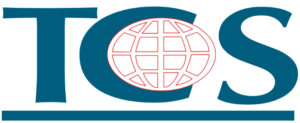
Our overall experience with Maxicert was satisfied. The audit and consulting part was handled carefully, we fulfilled our client requirement of ISO 27001 hassle free.
Kevin Santiago BDM – Clarks Outsourcing, PhilippinesTimely response and knowledge of ISO standards can be seen together in the team of Maxicert, we grow because of the service providers like Maxicert.
Samuel Christopher Quality Assurance Head – OEQA, NigeriaWe did Food safety certification with Maxicert, the service was extraordinary and their consultant had good experience of the subject.
Mr. Venkatesh Production Manager - Acacia Foods and Beverages, ZambiaWe engaged a consultant of Maxicert for our business certification, we now have a well-designed and organized department procedures and we rectify our errors through internal audits regularly.
Abdullah Al Rayes Managing Director – TCS, BahrainTechnical expertise by the team of Maxicert helped us achieving our ISO 13485 certificates, we now proudly say that we have achieved our target, all thanks to the team.
Nady Boustany CEO – LMG, IraqMaxiCert's approach to meet our needs proved instrumental in facilitating a seamless transition throughout the entire ISO certification process for us. Their training sessions are so much helpful.
Ms. Latifa Al Salem Investor portfolio – Ministry of Investment, Saudi ArabiaMaxicert is a one stop solution, we got trainings, documents, audit and certification at one place, they facilitated everything.
Ms. Mariam Chaggama VP – Fasthub, TanzaniaFAQ
What does it mean to define the scope of a QMS?
Defining the scope of a QMS means deciding which parts of your business, products, and services your quality management system will cover. This helps set clear boundaries for where ISO 9001 rules and processes apply within your organization .
Why is it important to map out our business processes for ISO 9001?
Mapping business processes lets you see each key activity, who is responsible, and how they connect. This makes it easier to spot problems, measure performance, and keep quality high .
Can a small business use ISO 9001 Clauses 4.3 and 4.4?
Yes, ISO 9001 is suitable for any size of business. Clauses 4.3 and 4.4 help both small and large companies clearly define what their QMS covers and how their processes work .
What should be documented about our QMS processes?
You should write down enough details so everyone understands what needs to be done, and keep records showing the processes are working as planned. This helps prove your quality management system is under control and meets ISO 9001 rules.


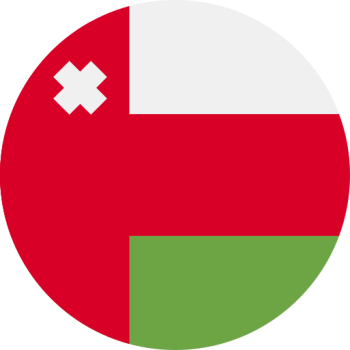



Their presence in Oman made us even better to accomplish our goal of achieving ISO certificates on time, we will definitely recommend their services.
Mr. Sailesh Mohanakrishnan Division Manager – Khimji Ramdas, Oman